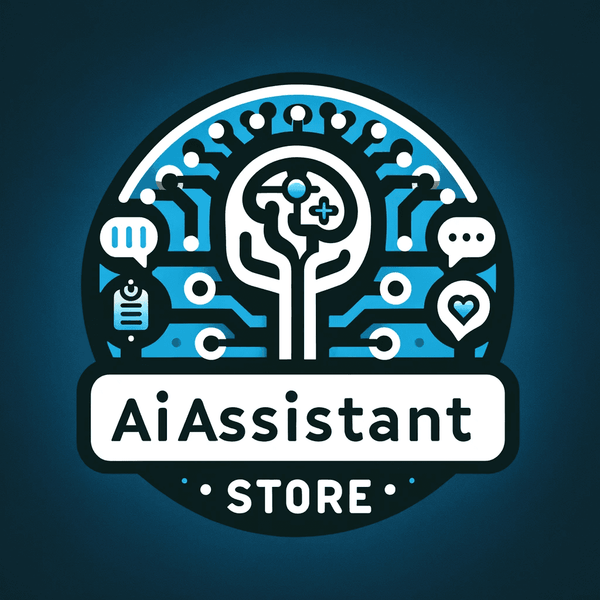Data science and artificial intelligence are driving innovation across industries, from healthcare to finance and beyond. These two fields are closely interconnected, leveraging data-driven insights and machine learning algorithms to solve complex problems and automate processes. Businesses and researchers are increasingly relying on data science and artificial intelligence to gain a competitive edge, optimize decision-making, and create intelligent solutions.
Articles you may like to read after this one:
🔗 Top 10 AI Analytics Tools – Supercharge Your Data Strategy – Discover the best AI-powered analytics platforms for turning raw data into smart, actionable insights that drive results.
🔗 Data Entry AI Tools – The Best AI Solutions for Automated Data Management – Streamline your workflows with top AI tools that eliminate manual data entry and improve accuracy across business systems.
🔗 Artificial Liquid Intelligence – The Future of AI and Decentralized Data – Explore how Liquid AI is reshaping the future of decentralized data systems, digital identity, and smart ecosystems.
🔗 AI Tools for Data Visualization – Transforming Insights Into Action – Turn complex data into compelling visuals with these powerful AI visualization tools built for clarity, speed, and decision-making.
What Is Data Science?
Data science is the process of collecting, analyzing, and interpreting large volumes of data to extract meaningful insights. It combines statistics, programming, and machine learning to identify trends and make data-driven predictions.
🔹 Key Components of Data Science:
✔ Data Collection: Gathering raw data from multiple sources, such as databases, IoT devices, and web analytics.
✔ Data Processing & Cleaning: Removing inconsistencies and preparing data for analysis.
✔ Exploratory Data Analysis (EDA): Identifying trends, correlations, and outliers.
✔ Predictive Modeling: Using machine learning algorithms to forecast future outcomes.
✔ Data Visualization: Presenting data insights through graphs, dashboards, and reports.
What Is Artificial Intelligence?
Artificial intelligence (AI) refers to the development of computer systems that can perform tasks that typically require human intelligence, such as reasoning, problem-solving, and decision-making. AI encompasses a variety of techniques, including machine learning, deep learning, and natural language processing (NLP).
🔹 Types of Artificial Intelligence:
✔ Narrow AI: AI systems designed for specific tasks, such as recommendation engines and voice assistants.
✔ General AI: A more advanced form of AI that can perform a wide range of cognitive tasks like a human.
✔ Super AI: A theoretical AI that surpasses human intelligence (still a concept in development).
How Data Science and Artificial Intelligence Work Together
Data science and artificial intelligence go hand in hand. Data science provides the foundation by collecting and analyzing data, while AI leverages this data to create intelligent systems. AI models require high-quality data to learn and improve, making data science an essential component of AI development.
Examples of Data Science and AI in Action:
🔹 Healthcare: AI-powered diagnostic tools analyze medical data to detect diseases early.
🔹 Finance: Predictive analytics models assess credit risk and detect fraudulent transactions.
🔹 Retail: AI-driven recommendation engines personalize shopping experiences.
🔹 Marketing: Customer sentiment analysis helps brands improve engagement strategies.
Challenges in Data Science and Artificial Intelligence
Despite their potential, data science and artificial intelligence face several challenges:
✔ Data Privacy & Security: Handling sensitive data responsibly is a major concern.
✔ Bias in AI Models: AI can inherit biases from training data, leading to unfair outcomes.
✔ High Computational Costs: AI and data science require significant computational resources.
✔ Lack of Explainability: AI decisions can sometimes be difficult to interpret.
Addressing these challenges requires strong data governance, ethical AI frameworks, and continuous advancements in AI transparency.
The Future of Data Science and AI
The integration of data science and artificial intelligence will continue to drive innovation. Emerging trends include:
✔ AI-powered automation for business processes.
✔ Edge AI for real-time data processing.
✔ AI in drug discovery to accelerate medical research.
✔ Quantum computing to solve complex AI problems faster.
As AI becomes more sophisticated, its reliance on data science will only grow. Organizations that invest in data science and artificial intelligence today will be better positioned for the future.
Data science and artificial intelligence are enabling smarter decision-making, automation, and predictive insights. As businesses continue to harness AI and big data, the demand for skilled professionals in these fields will soar. By addressing current challenges and leveraging emerging technologies, the potential for data science and artificial intelligence is limitless...

